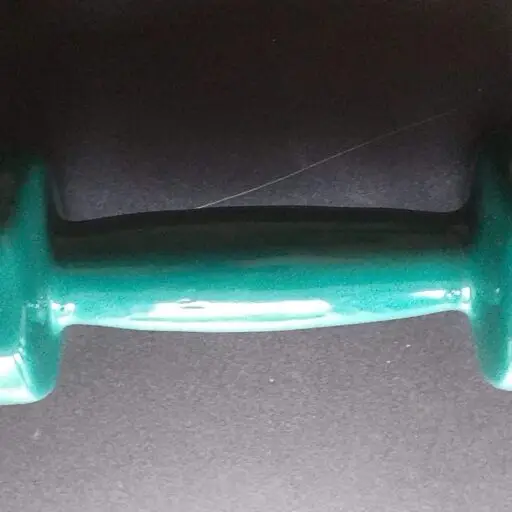The Definition of all Words & Phrases used on this site
(Fundamentals)
This page is intended to be the main go-to page for precise definitions of any words, phrases, or terms associated with this website. Not all terms will appear elsewhere on this site, but all terms will have a high relevance to the subjects of training methodology, gym form, and technique.
In these modern technological times, with seemingly infinite access to so much information (too much) about any topic that one cares to be interested in, it is essential to define the meaning of all terms relating to gym and training concepts.
Much of the information available online these days can be misleading to students and athletes. This information can even sometimes be downright incorrect or even deliberately false. To the best of my knowledge and experience, this website provides visitors with accurate and unbiased information and facts.
Readers should take time to learn the fundamental concepts and terms listed on this page before or during their early voyages into the exciting and rewarding world of gym training and exercise.
What is the difference between the terms’ form’ and ‘technique’?
Technique refers to the most effective method for performing an exercise. For example, which type of hand grip should one use for the narrow grip pull-down or pull-up? Should one use an overhand grip or an inverted grip?
Form can be considered to include the concept of technique, but it is so much more.
The form is primarily concerned with overall body movements, which are designed to minimize the risk of injury while maximizing efficiency and results.
Naturally, there is an overlapping grey area between what can be described as Form and what constitutes pure technique. Often, these two terms are used interchangeably when discussing the best ways to exercise.
What are FUNCTIONAL exercises?
Any exercise performed in the gym that attempts to mimic everyday movements of the human body, such as lifting an object from the floor. These exercises are great because they help a person perform everyday movements more safely and efficiently, thereby saving energy. As a result, one tends to complete everyday tasks more quickly, efficiently, and safely.
What is H.I.T. or HIT?
High Intensity Training
What is Plyometrics?
Plyometrics are types of exercises that involve explosive activities, such as jumping or thrusting with great force, including hopping, skipping, bounding, and lunging.
What is Periodization Training?
This refers to the use (typically by coaches and mentors) of longer-term training phases to create more variety and balance in an athlete’s training schedule. Rest, Recovery, Injury Prevention, and Seasonal Changes should also be considered when designing the athlete’s overall training plan. This method can be beneficial when addressing negative aspects of training, such as boredom, staleness, and plateaus.
What is a Training Plateau?
This is where the athlete reaches a state of little or no progress after a period of increasing activity with positive results. It can feel like one is stuck. It’s a little like ‘Writer’s Block’ but for athletes.
What is H.I.T. or HIT?
High Intensity Training
Some examples of HIT exercises are push-ups, RUSSIAN TWISTS, KETTLEBELL SWINGS, and MOUNTAIN CLIMBERS. HIT exercises are always high-energy and more aerobic than anaerobic.
What is Calisthenics?
Calisthenics is a form of exercise that utilizes a person’s body weight and doesn’t require any equipment, such as machines or dumbbells. However, exercises such as the all-important pull-ups (for development of the back) are classified as calisthenics, and a fixed bar is used to pull the body up from the floor while gripping the bar above your head. Other examples of calisthenics include crunches, push-ups, and sit-ups. CALISTHENICS is considered to have many health benefits by medical science.
What is the difference between AEROBICS and ANAEROBICS?
Aerobic exercises tend to work the cardiovascular system in a sustained and repetitive manner, such as cycling, jogging, running, and swimming. Anaerobic exercises are primarily focused on strength training, utilizing heavy weights to perform shorter, high-intensity movements (often without much breathing).
I have not yet finished the following terms, but I list them here so the reader can search for them:
What is a Stress Fracture?
What is the difference between a Pronated Grip and a Supinated Grip?
What is a Neutral Grip?
What is the difference between Wide Grip, Narrow Grip, and Close Grip?
What is Interval Training?
What are Drop Sets?
What is Wave Loading?
What are Free Weights & Fixed Weights?
What is the difference between a Dynamic Stretch & a Static Stretch?
What is the Difference between Yoga & Pilates?

